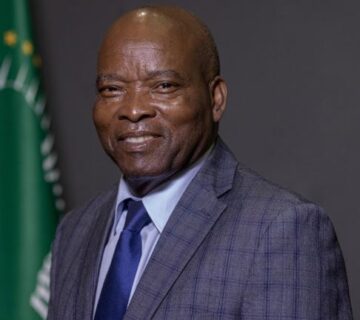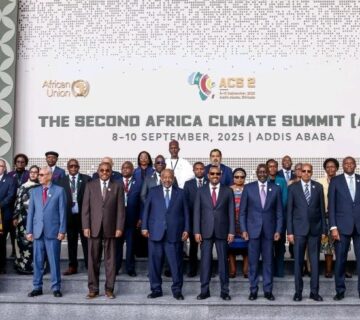By Rim Ben Khlifa – Tunisia
Once again, we are told the Global South is condemned to death. That Africa is too poor, too weak, too exposed to climatic traumas, and too dependent on Northern favour to move. It is condemned to permanent drought, dearth of food, and mass displacement. That Latin America is beholden to energy multinationals, or Southeast Asia is selling its forests for GDP.
This exhausting narrative, recounted by voices such as Rampini, Onfray, or Sloterdijk, continues to regard the South as on the margins, a hapless casualty of a crisis born elsewhere. The reality, however, is once again more intricate, mutinous, and hopeful.
Between Crisis and Capacity: The African Paradox
It contributes less than 4% of global emissions, but it suffers from some of the worst impacts: degenerating ecosystems, droughts, desertification, and deluges covering cities. And in the same space, however, some of the most challenging, risky, and socially transformative climate solutions are being thought up and tested.
This is the African paradox: deep vulnerability coupled with enduring resilience. Not by miracle, but by civic creativity, technology-enabled adaptation, and calculated cooperation.
In Cairo and Kinshasa, entrepreneurs, indigenous engineers, and local cooperatives are building new futures in the shadow of past crises. In Kenya, solar-powered cold storage facilities are helping smallholder farmers reduce food loss and guard incomes against increasingly volatile harvests. In Senegal, Jokalante and other startups are using mobile platforms to deliver real-time climate information to off-grid farming communities. In South Africa and Ghana, fintech programs based on climate are opening up micro-insurance and climate-resilient credit that target climate-exposed livelihoods. In Rwanda, not only are drones mapping flood areas, but they are being utilised actively to track reforestation activity and ecosystem restoration. These are not token pilot projects designed to win over donors; these are replicable, scalable, and grounded in the real lives of African communities. They are a form of innovation that is locally grown, pressing, and radically utilitarian.
The African Union’s Framework for Structural Change
The African Union’s 2022–2032 Climate Change and Resilient Development Strategy takes a bold step in recognising innovation as a central pillar of adaptation and resilience. The strategy does not merely call for “technology transfer” from the North; it prioritises building endogenous innovation ecosystems, regional cooperation, and harmonised policies that support African-led solutions.
Commissioner Lerato Mataboge of the AU’s Department of Infrastructure and Energy speaks of this clearly: “Africa’s structural transformation cannot depend on extractive growth. It must be driven by climate-compatible innovation and infrastructure that centers people.”
Through the Africa Adaptation Acceleration Program (AAAP) supported by the AU and the African Development Bank, over $25 billion is being mobilised for clean energy, digital climate services, and nature-based solutions, targeting local governments, women entrepreneurs, and green SMEs.
Nowhere is this innovation more palpable than among Africa’s youth, a generation that has inherited climate collapse but refuses fatalism. Youth-led climate labs, hackathons, and eco-incubators are flourishing in Nigeria, Tunisia, Morocco, Côte d’Ivoire, and beyond.
Initiatives like the African Youth Adaptation Solutions Challenge (YouthADAPT) empower young entrepreneurs with both funding and mentorship. Others are designing AI-driven early warning systems, circular economy models, and smart irrigation systems for climate-resilient agriculture.
This is what makes Africa unique: innovation is not only technical; it is deeply social, adaptive, and political.
A Third Path Still Possible
Neocolonial logics resurface now disguised in the race for “green” minerals, bioenergy, and land grabs justified by carbon offsets. Many governments remain entangled in development models that prioritise short-term revenue over long-term sustainability.
Yet, the Global South, with Africa at its heart, can still forge a third path not mimicking Europe’s technocratic Green Deal, nor succumbing to the deregulated chaos of U.S. climate politics. But rather, crafting a model of transition that is sovereign, regenerative, and just.
Because the future is not only being negotiated in UN plenary rooms. It is being prototyped in informal settlements, on communal farmlands, inside solar labs, and in the minds of young engineers who refuse to believe that adaptation means surrender.
Africa is not a passive terrain of risk. It is a laboratory of climate survival. And perhaps, of climate leadership.






No comment